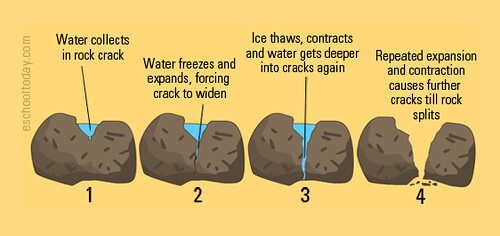When a British Geologist became "The Father of Indian Prehistory"- Robert Foote
In the year 1858, a 24-year-old Robert Bruce Foote was brought in as a replacement for Henry Geoghegan, an employee of Geological Survey of India (who died of a sunstroke while surveying Trichy), to dig up gemstones for their treasures. But seldom did he know about the legacy he would leave... Robert was born on 22 September 1834 in England and worked in geological surveying and delivered geology lectures in College of Engineering Guindy, Madras. It was in Madras he met his mentor and friend, Rev. Peter Percival. Peter, a social reformer priest, missionary-turned-educator who worked with Arumuka Navalar for the translation of Bible then turned completely to linguistics and literature, initially creating friction with other Wesleyian missionaries. In 1862, Robert married Peter's daughter, Elizabeth Anne. In 1863, the year after his archaeological survey began, Robert struck a goldmine (figuratively) - he discovered the "first conclusive Paleoloithic

